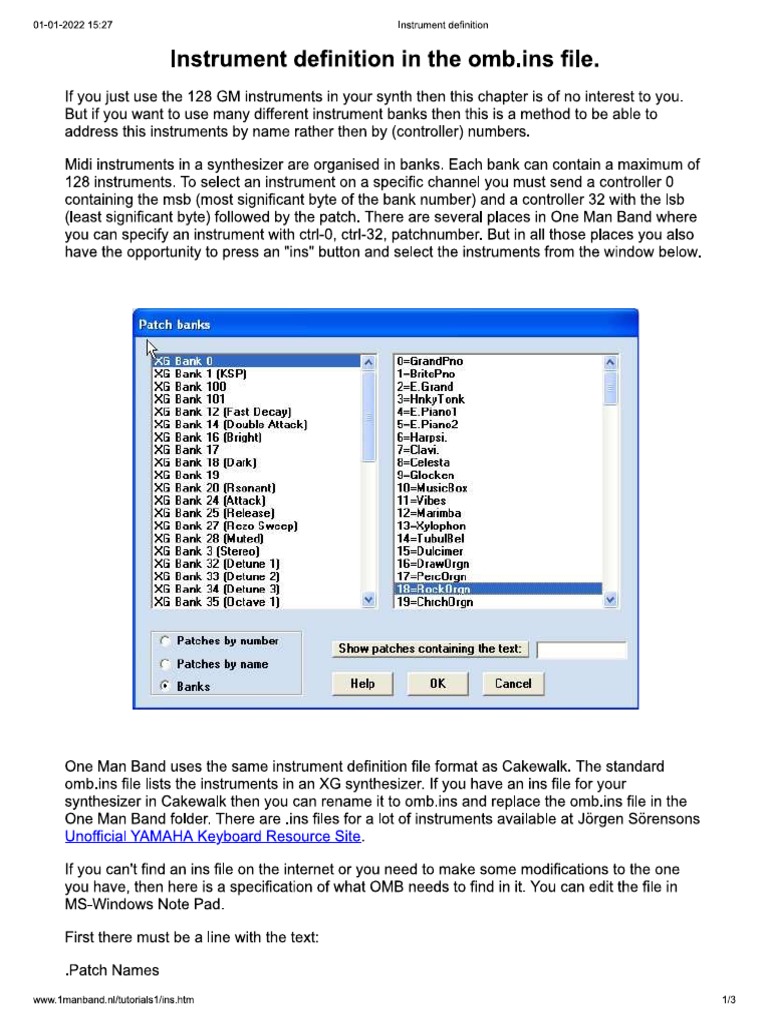In the realm of physics, the term “instrument” encompasses a vast array of tools and devices specifically designed to facilitate the measurement, observation, and manipulation of physical phenomena. This expansive definition not only embodies conventional tools like rulers and oscilloscopes but also extends to complex systems such as particle accelerators and astronomical instruments. These advanced devices transcending mere utility prompt us to explore their profound implications for our comprehension of the universe.
At its core, an instrument in physics can be discerned as an extension of human capability. With a profound focus on measurement, instruments enable us to quantify and interpret the complexities inherent in the natural world. This capacity to quantify phenomena is intrinsic to the scientific method, which relies on empirical evidence to form theories and validate hypotheses. Measurement serves as the bedrock upon which physics builds its grand narratives, propelling us from speculation to discernible understanding.
The intricate tapestry of instrumentation can be categorized into several distinct types, each designed to provide unique insights into specific domains of physics. For instance, metrological instruments, such as calipers and micrometers, are critical for precision measurement in mechanics, allowing physicists to ascertain lengths and volumes with astounding accuracy. Meanwhile, electromagnetic instruments, including voltmeters and ammeters, probe electrical properties with similarly essential precision, bridging the gap between theoretical constructs and practical application.
Delving deeper, observational instruments play a pivotal role in fields such as astrophysics and particle physics. Telescopes, for instance, grant us access to celestial phenomena beyond the capabilities of the naked eye, expanding our understanding of the cosmos. The Hubble Space Telescope, with its state-of-the-art optics, has unveiled an astonishing array of astronomical discoveries, from distant galaxies to the enigmatic nature of dark matter. Likewise, particle accelerators like the Large Hadron Collider (LHC) allow scientists to probe subatomic particles, revealing the fundamental building blocks of matter and the forces that govern their interactions.
Advancements in technology have further catalyzed an evolution in instrumentation, leading to the development of sophisticated tools that transcend traditional boundaries. One of the most notable examples is the advent of computational tools, which interface with physical instruments to process and analyze vast datasets. This synthesis of hardware and software presents unprecedented opportunities to model and simulate complex systems, generating insights that were once confined to theoretical musings.
Turning our attention to the concept of calibration, one must appreciate the meticulous processes inherent in ensuring instrument accuracy. Calibration involves correlating the measurements of an instrument with a recognized standard, thereby ensuring consistency over time. This essential practice not only fortifies the reliability of instruments but also guarantees the integrity of scientific findings. A clear understanding of calibration methods illuminates the sometimes overlooked labor behind the creation of reproducible data in scientific research.
The evolution of instruments often leads to paradigm shifts within the field of physics itself. For instance, the invention of the spectrometer irrevocably transformed the study of atomic structure and chemical composition. By analyzing how substances interact with various wavelengths of light, scientists could infer the arrangement of electrons within atoms. This groundbreaking capability not only propelled forward the burgeoning field of quantum mechanics but also fostered advancements in various applied sciences, including chemistry and materials science.
Moreover, the notion of instrumenting the intangible prompts interesting philosophical inquiries. When does an instrument become not merely a tool but a mediator of understanding? For example, the hypothetical instruments proposed in theoretical frameworks—such as the tools required to measure quantum entanglement—challenge our cognitive faculties and compel us to reevaluate the limits of observational science. Such instruments are often at the intersection of imagination and empiricism, beckoning forth a curious dialogue regarding the essence of scientific inquiry itself.
The remarkable interplay between instruments and discovery extends beyond the confines of the laboratory or observatory. Consider the instruments utilized in experimental physics laboratories where hypotheses are rigorously tested through precise measurements and controlled conditions. These spaces teem with synergistic dynamics, as each instrument plays a vital role in generating data that can lead to groundbreaking insights—often born from unexpected results. The serendipity of scientific discovery emphasizes the role of instruments as catalysts for intellectual pursuit.
Furthermore, the relationship between advancements in instrumentation and societal progress cannot be understated. The implications of improved measuring instruments ripple across multiple disciplines, influencing technological innovations in engineering, environmental science, and medical technology. As precision tools are honed, new frontiers of knowledge emerge, fostering an interconnected web of advancement that shapes modern civilization.
In conclusion, the essence of instruments in physics transcends their conventional definitions as mere tools of measurement. They are the gateways to knowledge, inviting curiosity and inspiring exploration. By offering a profound shift in perspective on the physical universe—one that underscores the delicate interplay between observation, theory, and experimentation—these instruments serve as both the foundation and the scaffolding of scientific enlightenment. Through continuous refinement, innovation, and philosophical contemplation, the journey of understanding through instruments remains at the heart of physics, driving humanity towards a deeper appreciation of the cosmos and our place within it.










